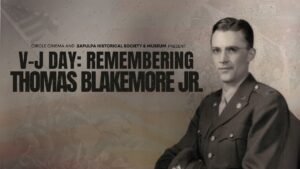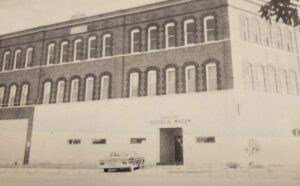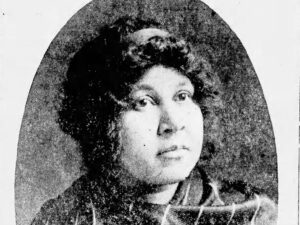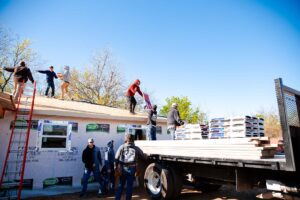Rachel Whitney
Curator, Sapulpa Historical Museum
This week in Sapulpa history, the Sapulpa Auxiliary Police would be formed. The “primary purpose of the organization is to provide a policing group in case of emergency, such as possible bomb attacks here or on Tulsa, tornadoes, large-scale fires, or other disaster cases.” The discussion had begun back in March of 1955, but it would officially be formed this week in May 1955.
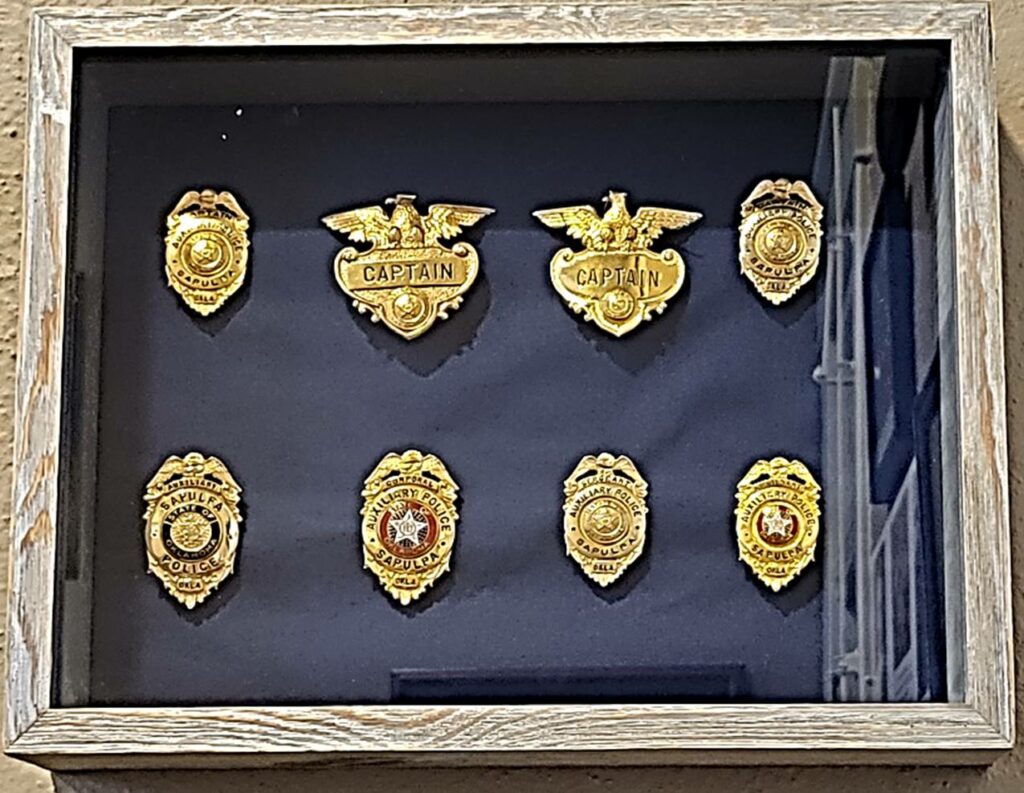
On May 15th and 16th, 1955, it was decided that the police auxiliary would be under the direction of the civil defense organizations, and would operate on a city, county, and state level. Furthermore, it would be governed by three board members appointed by the mayor of Sapulpa. The mayor at the time was Mayor Fred Cowden, from 1954 to 1956.
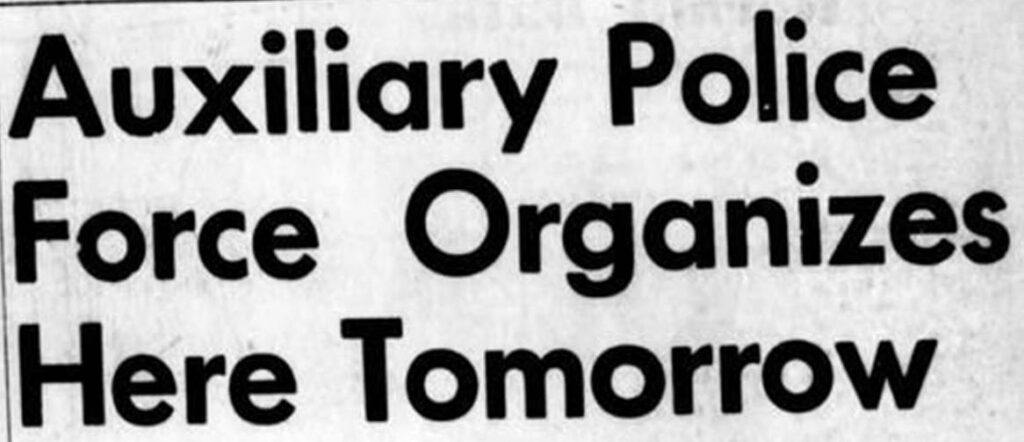
The announcement was made that the membership for the auxiliary police is a voluntary position. Additionally, the organization would be systematized on a “semi-military basis, with both a direct line authority and a distinct, specialized staff group.”
With Woody Cooper, a teacher and coach at Sapulpa High School, as the first Commanding Officer. Over the next month, volunteer applicants were screened, accepted, and assigned. “More than 60 Sapulpans registered to take an active part in the newly formed Sapulpa Auxiliary Police force,” announced by Police Chief R.C. Bradford.
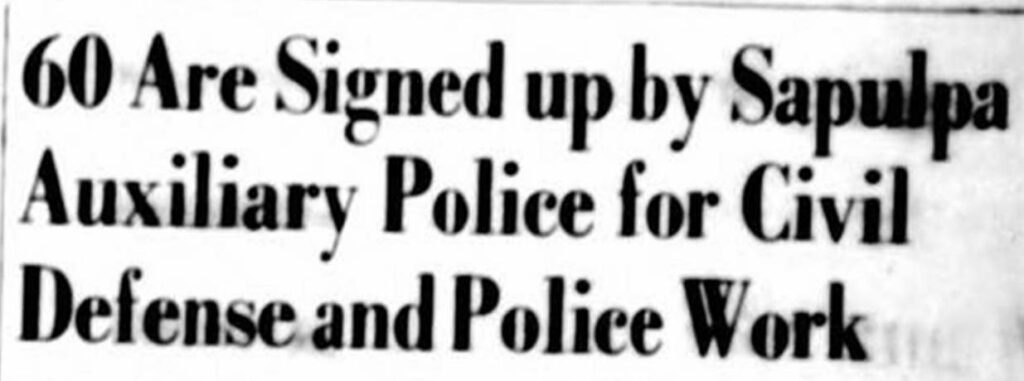
Members of the new unit and their office follows: Bob Vaughn (Executive Officer); Jim Sarver (Adjutant); John McCrory (Medics); LeRoy Adams and Ed Coplin (Supply); Hobart Robertson, Sr. and Walt Kyser (Director of Operations); Merle McPherson, Bud Collins, Kenneth Bristow, James Skaggs, and Jack Doudican (Communications); Bill Gierhard and Max Batchelder (Public Relations); Charles Rupert (Office of the Chief of Police).
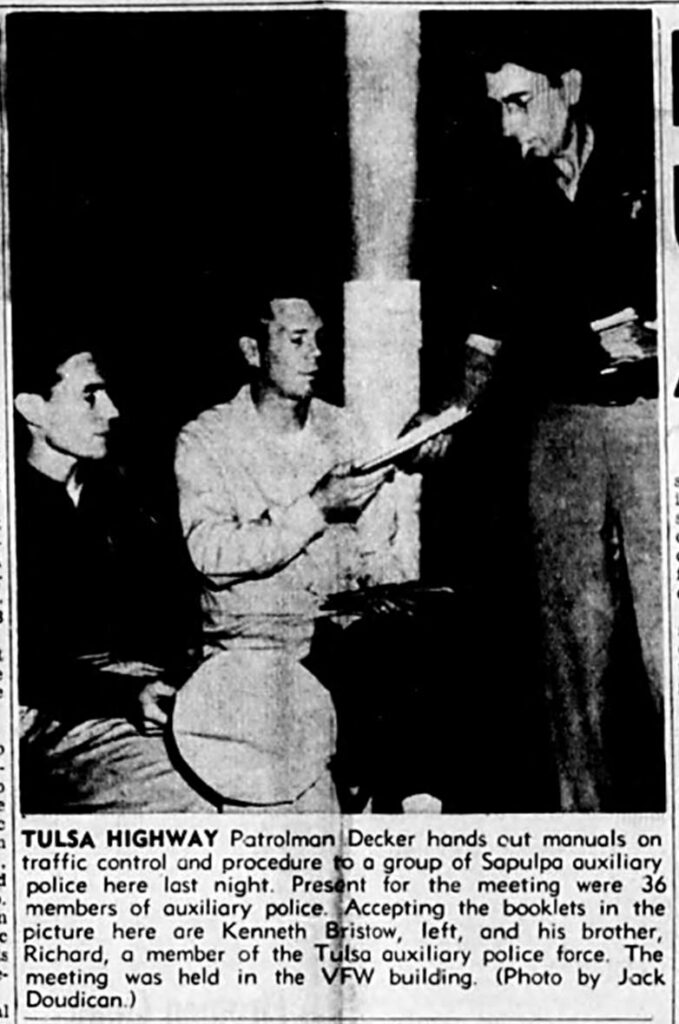
For Company A: Bob Powers (CO); J.R. Warfield (2nd Lt); W.B. Mullins (1st Sgt). And for Company B: Allen Wallace (CO); Olen D. Jones (1st Lt); W.T. Moore (2nd Lt); J.L. Rush (1st Sgt).
Unassigned personnel were: Bill Owens, George Montgomery, Melvin Roberts, Robert Stroup, Clarence Asher, Benjamin Smith, Roy Rainwater, Albert Bradley, Jr., Ed Wells, Ira Hardee, Pat Bradley, C.W. Hampton, Robert Stewart, L.D. Beebe, H.C. Walker, Leonard Garner, C.H. Ashton, Thomas Herzer, B.J. Turley, Bob Lucas, Wesley Smith, B.F. Wooden, Jr., Bob Bassinger, Bob Jones, Leo Blake, Earnest Crabtree, James Greenwood, Jimmy Green, Kenneth Harrison, Rex Claude Maples, Fred Phillips, and Dick McCaig.
Additionally, “each member may buy a regulation uniform which runs around $15*. This includes khaki trousers, green shirt, officers type cap, tie, belt, patches, and rank.” By July 1955, the members of the Sapulpa Auxiliary Police would order their badges for the newly organized task force.
*Note: $15 in 1955 would be roughly $160 in today’s money.
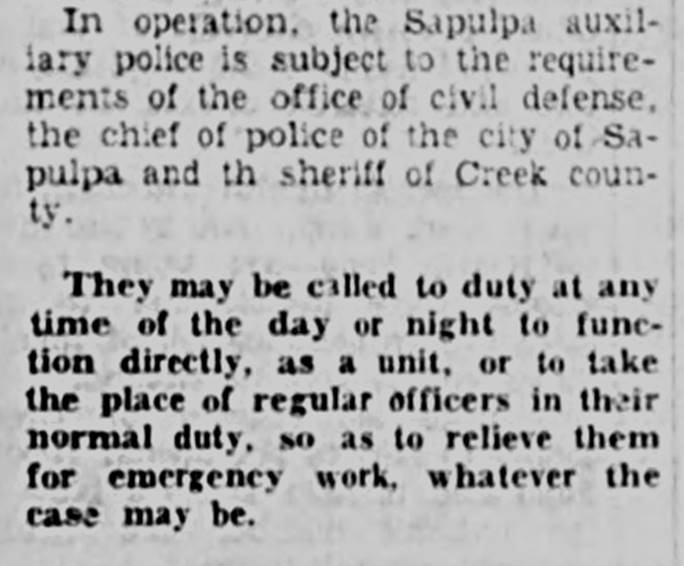
“They may be called to duty at any time of the day or night to function directly, as a unit, or to take the place of regular officers in their normal duty, so as to relieve them for emergency work, whatever the case may be.” The Sapulpa Auxiliary Police also was subject to the office of civil defense, the chief of police of Sapulpa, and the sheriff of Creek County.
Overall, the volunteers were not assigned sidearms, necessarily. “Wearing of sidearms will be permitted when on a specific duty and assignment with another law agency or when so directed by the commander.” Rules and regulations were enforced and monitored.
As with every new organization, there were bumps in the road ahead as the year went on, and meetings were held to correct any potholes in the organization. One of these meetings was held on December 29th, 1955. Dissension among the ranks in the Sapulpa Auxiliary Police was high during the meeting at the Court House. Several members and ex-members of the Auxiliary voiced complaints, questions, and concerns that they thought they were under the County, instead of City control.

John S. Egan, head of both City and County Civil Defense, stated that the organization recited the City Ordinance before they were sworn in. The volunteer members, however, were under the impression that it was part of the overall Civil Defense, and that memberships had dropped drastically because it was for the City only.
However, until this meeting, no complaints had reached Egan’s office. Arguments began in the meeting, igniting other topics of discussion. “At one point in the meeting, Egan offered to step aside as Civil Defense Director of either the County or City or both. ‘This thing is too important to be botched up because of possible personal differences.’”
One volunteer officer had resigned due to not being allowed to carry a sidearm. “Member wanted to carry a gun with his uniform at a football game, and had resigned when he was not permitted.” The resigned-member had stated “‘I haven’t any gripe. I just think we shouldn’t wear uniforms and stick our necks out without guns.*’”
*Note: the original decision back in May about sidearms was upheld.
The sheriff stepped in stating, “‘I am satisfied with the setup as it is now. I can call the group through channels or by calling them individually as deputies.’” Other city authorities such as the mayor and city manager agreed that the Sapulpa Auxiliary Police has been very impactful and necessary.


